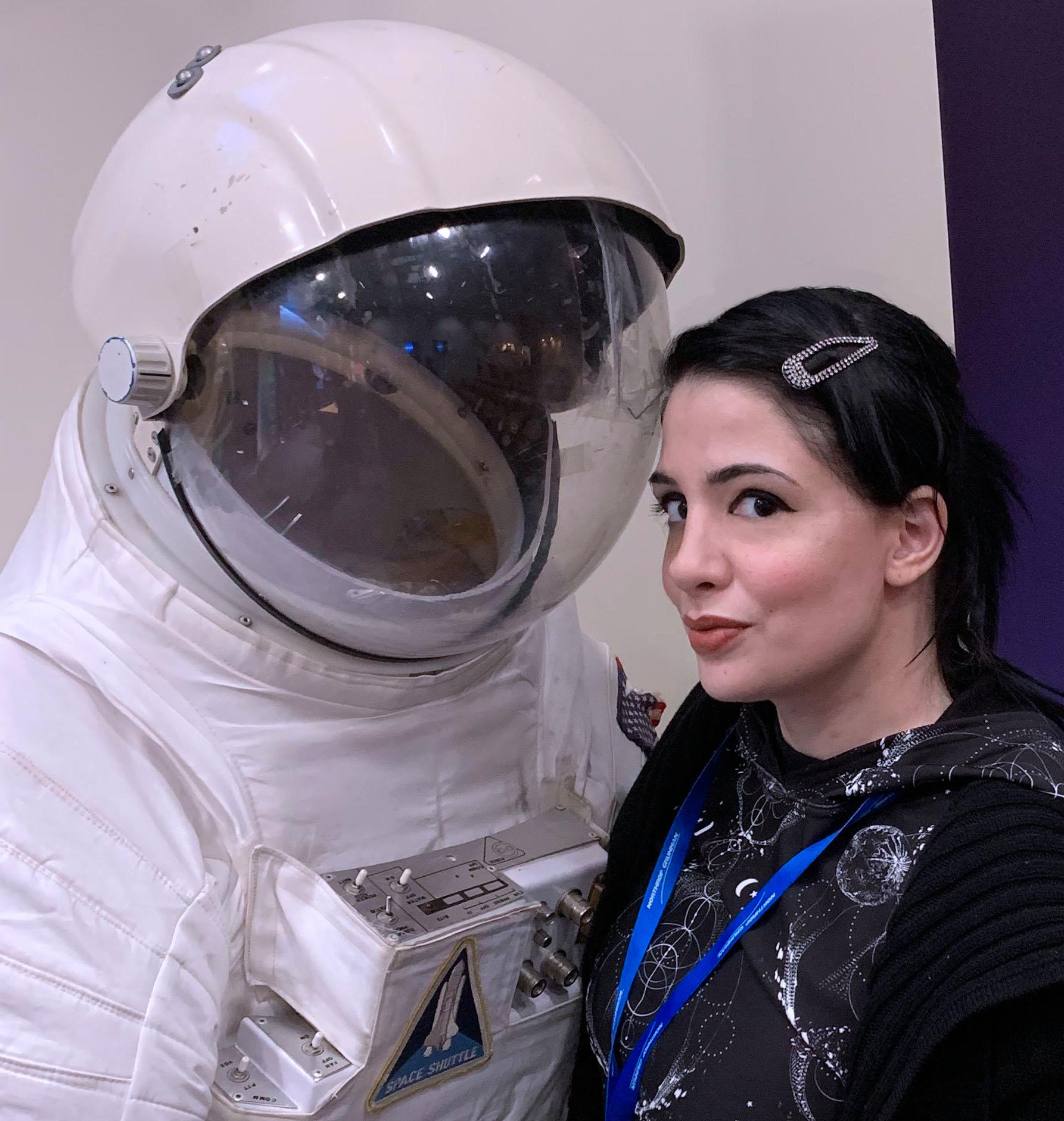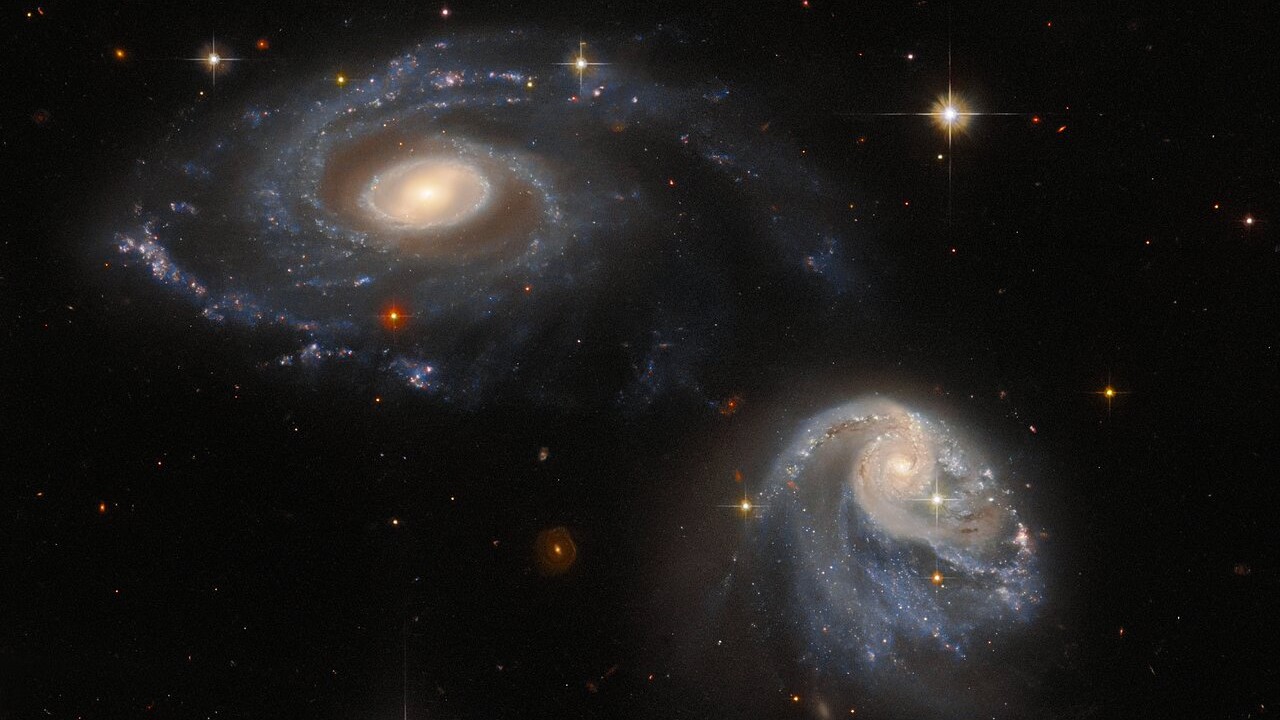Hubble Space Telescope watches galaxies' destructive dance in new photo
These galaxies may look like they are performing a cosmic waltz, but the spirals are actually trapped in a dance of death that will someday end in a violent crash.
The Hubble Space Telescope recently captured an image of two galaxies dubbed ESO 364-65 and ESO 364-66, which are collectively known as Arp-Madore 608-333, gradually warping each other with their gravitational forces.
The telescope, which is managed by NASA and the European Space Agency (ESA), took the image while was turning around, ESA officials noted in a statement. The photo comes from a "snapshot" program designed to make use of tiny slivers of time between other observations, since Hubble needs to use every second of its observing time to the best of its ability.
Related: The best Hubble Space Telescope images of all time!
Although NASA's James Webb Space Telescope is seeing farther into space than astronomers ever have before, Hubble is far from done. The venerable telescope, which launched in 1990, may even get new life through a proposed servicing visit, which would be the first since 2009.
The warping galaxy observations are part of an effort to identify targets that will possibly be of interest for further study. For Hubble, the initiative means snapping photos of targets carefully selected because they are visible whatever direction the telescope may be pointing.
The new image comes from Hubble's Advanced Camera for Surveys (ACS), which was a 2002 upgrade to an older camera. The camera arrived with a crew of astronauts aboard space shuttle Columbia, who had been dispatched to repair Hubble. A few years earlier, some of the telescope's gyroscopes, which were supposed to keep it properly pointed, had broken down, leaving Hubble unable to beam back any new observations.
Breaking space news, the latest updates on rocket launches, skywatching events and more!
So what will happen when these interacting galaxies inevitably collide? They might form an elliptical galaxy, and such a merger could also switch on star formation that happens so fast it could drain the mega-galaxy of material for future stars.
There might be a monster galaxy in Arp-Madore 608-333's future, but if this merger is anything like the Milky Way's impending collision with Andromeda, it probably won't happen for billions of years.
Follow us on Twitter @Spacedotcom and on Facebook.


